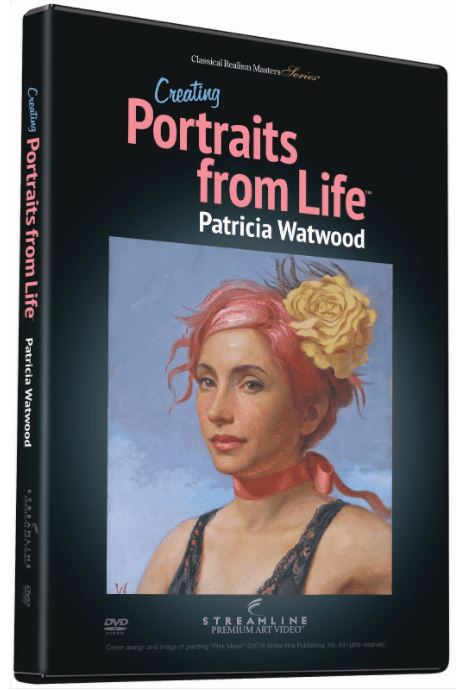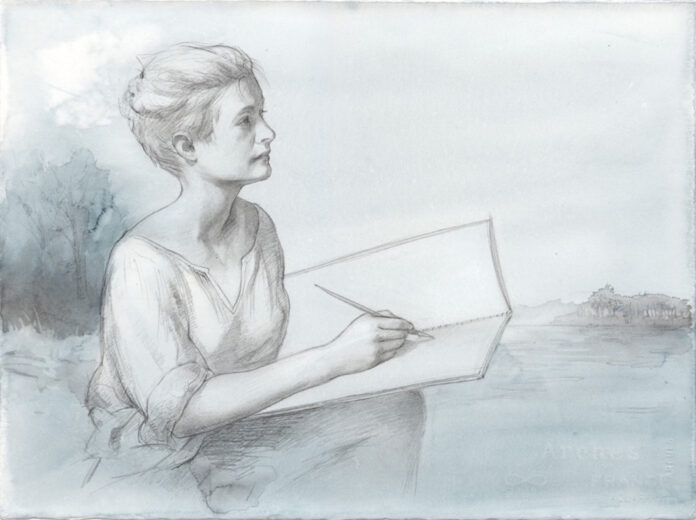
An interview with American painter Patricia Watwood, who is on the faculty of the 4th annual Realism Live virtual art conference. In her demonstration, she will illustrate concepts expressed in her book, “The Path of Drawing.”
The Path of Drawing: The Meaning of Drawing Beyond the Mark
“I think of myself as a contemporary artist trained in classical oil painting but to this day, decades later, I consider the practice of drawing as a vital wave of inspiration from which I continually benefit,” said artist Patricia Watwood, who will be among the faculty members of Realism Live, online November 9-11, 2023.
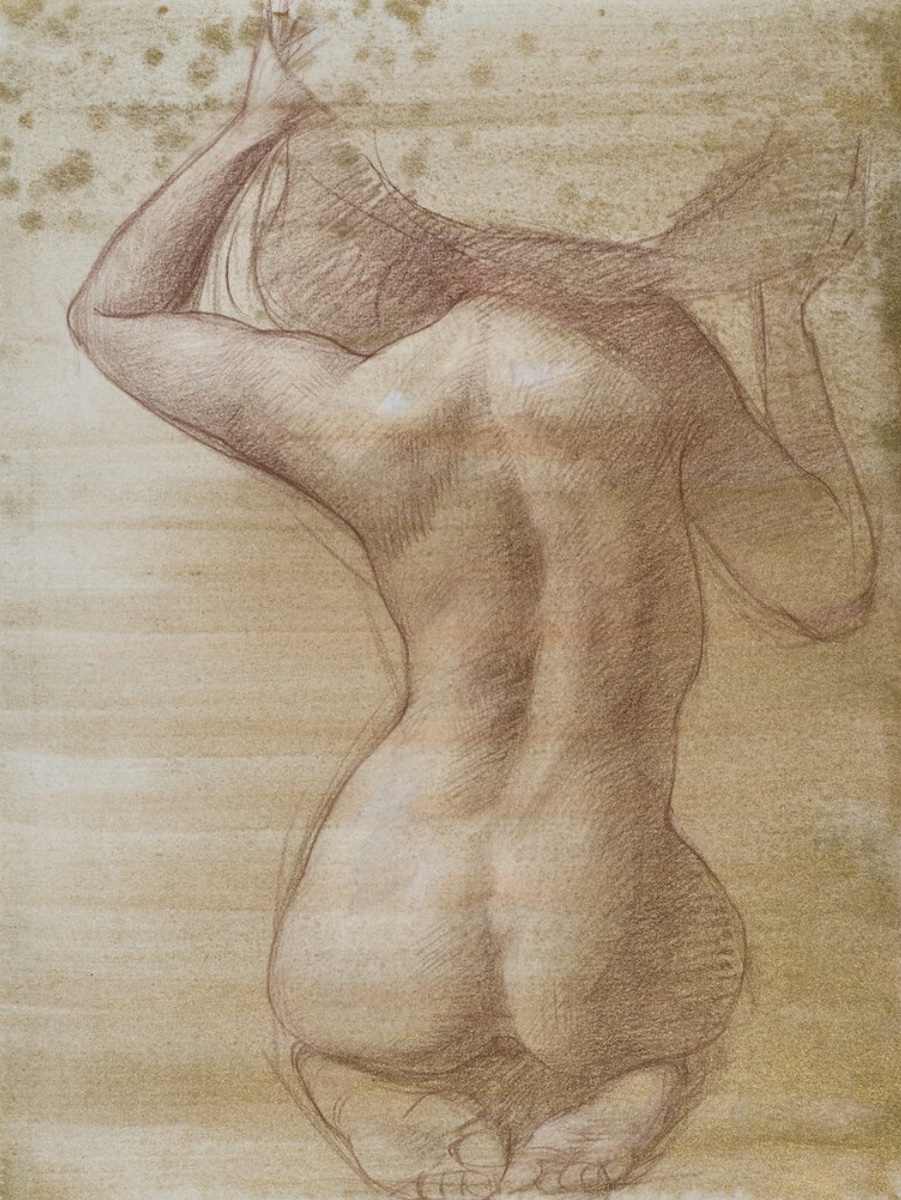
Originally from Saint Louis, and the last of six children, Patricia Watwood has lived and worked for the past twenty-five years in Brooklyn, NY, where she serves as first vice president of the prestigious Salmagundi Club of New York. Although she is a prominent artist in the contemporary art scene, she comes from a classical education devoted to figurative realism. In fact, she earned a master’s degree from the New York Academy of Art with a program devoted to figurative representation. Her teachers have included: Steven Assael, Vincent Desiderio, and Ted Seth Jacobs, to mention a few. She was also an early student of Jacob Collins at the Water Street Atelier – the forerunner of the Grand Central Atelier – side by side with “wonderful” artists, as defined by Watwood herself, such as Edward Minoff, Travis Schlaht, and Tony Curanaj.
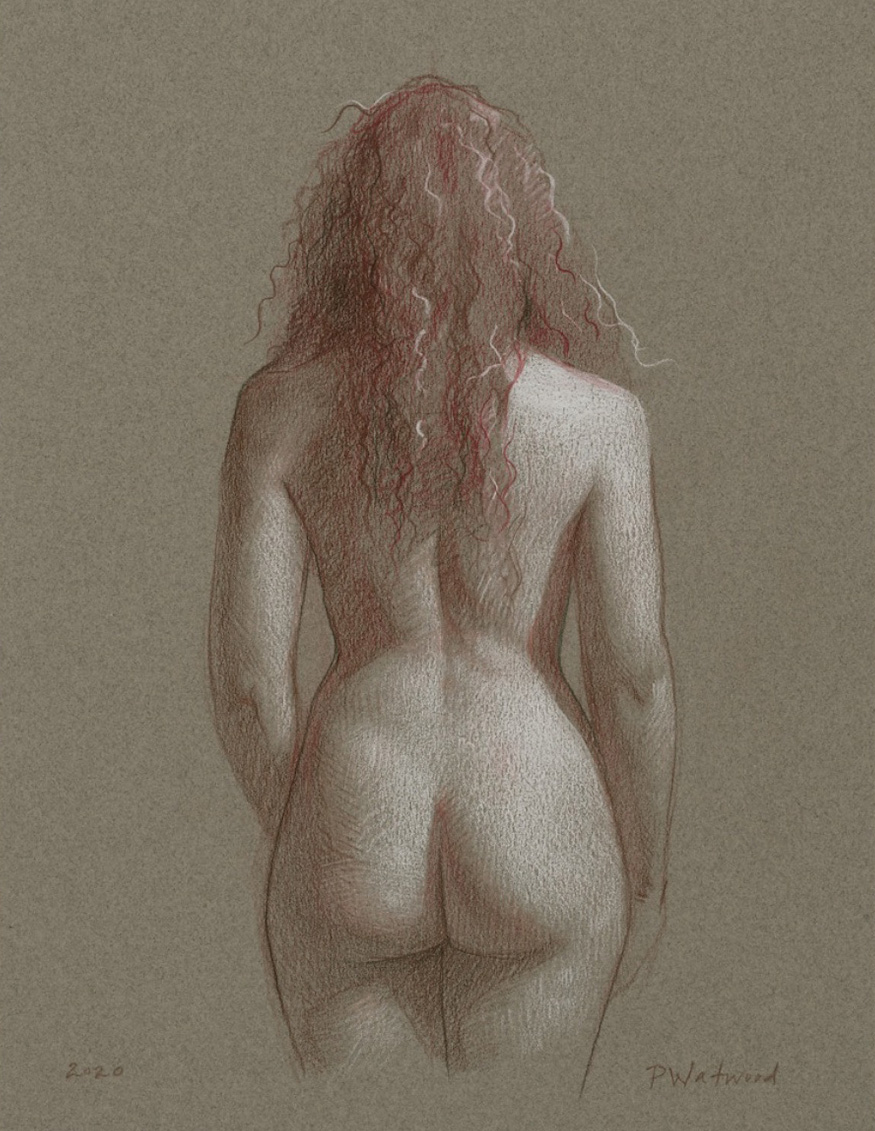
A love of drawing has always been the cornerstone of her art practice. All she needed, in fact, was pencils, a sheet of paper, and the combination of proportions, light, and shadow to give life to her poetic compositions in which the practice of drawing from life – which she constantly carries out – allows her to represent, in the immediate moment, natural elements in a completely realistic manner. The combination of these elements led her to become interested in narrative painting by realizing how paintings can tell stories about the experience of life and feelings. Among the authors she has become passionate about is Kahlil Gibran, whom Watwood, in light of the author’s own works for his masterpiece, “The Prophet,” considers an artist before a writer.
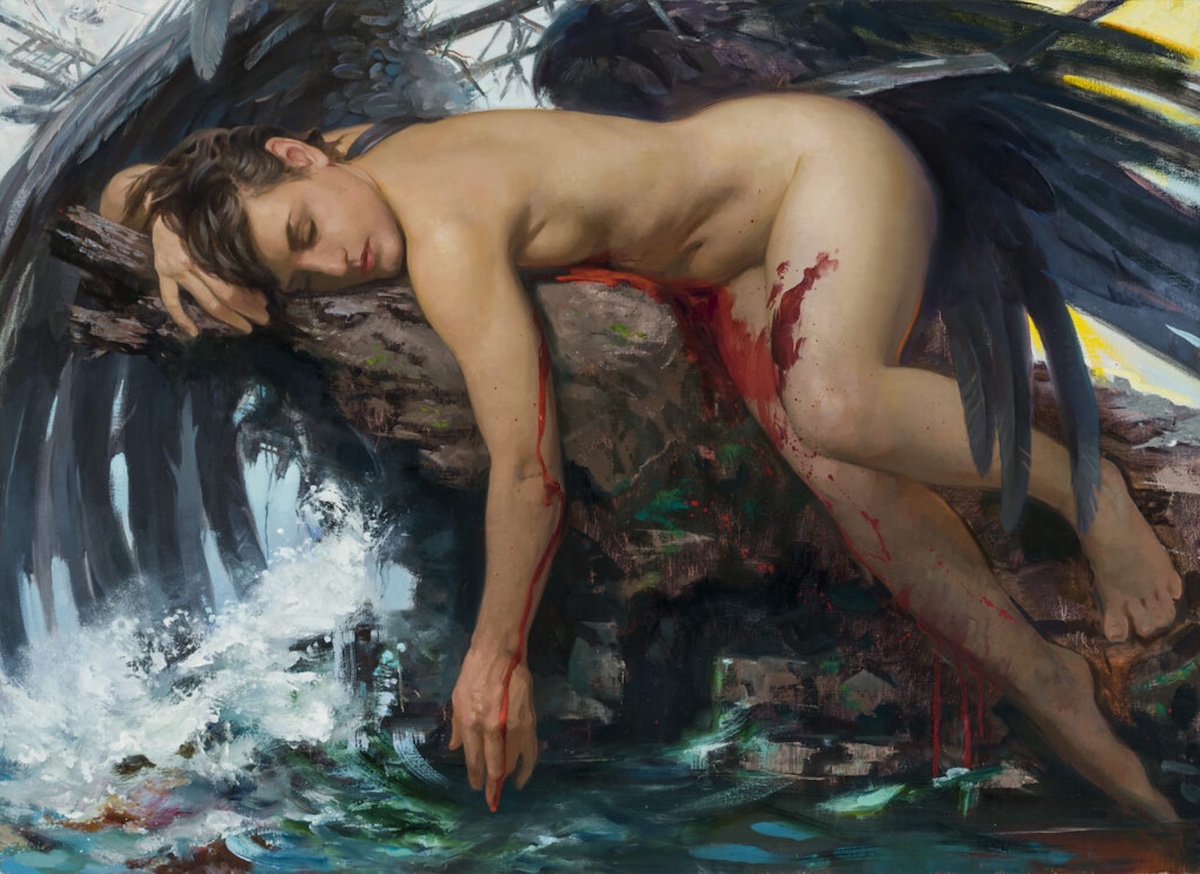
In the making of a simple or complex composition, everything begins with a drawing that sometimes takes shape from the imagination. Annotating the poetic vision on a sketchbook and helping herself with the immediacy of watercolor to define the colors, Watwood fixes the image that can, at the most opportune moment, be an inspiration for the definition of a theme that fascinates her.
The theme is the basis of her most complex compositions. Its definition is followed by the idea and the search for all that information useful for the purpose that she extrapolates either from a representation from a live model, or from the web in case she has to realize specific details regarding the objects to be represented.
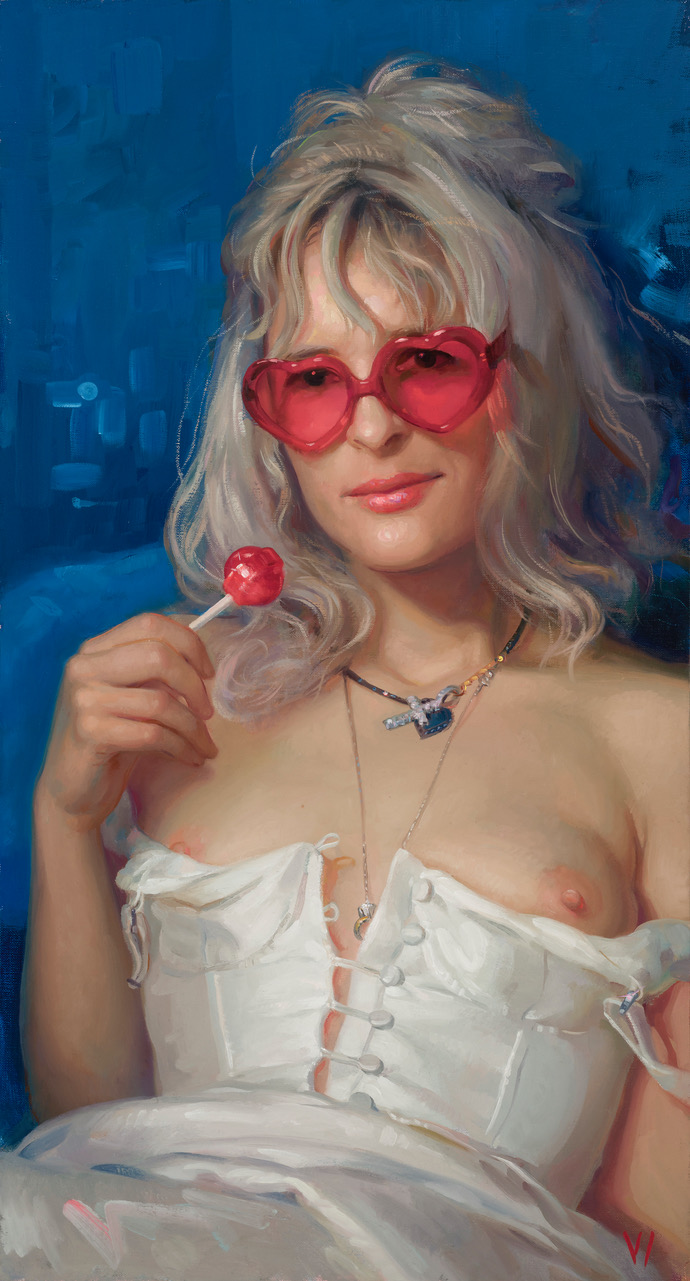
“It is the universe that then comes to my aid by providing me with the necessary suggestions for the purpose,” said the artist who through the practice of drawing and mindfulness has also developed a deep sense of spirituality due to her contemplative nature with mystical tendencies.
Patricia Watwood’s drawings and compositions are rich in symbolism and mythology, which the artist also narrates through the use of metaphors. One example is the birds that exist in her works. They represent not only man’s perpetual desire to know how to fly, but are also metaphors of the messengers between the spirit world and the human world, placing emphasis on the spiritual sphere and in the belief of a cosmic balance, which takes shape from three existential questions: “Who are we? Why are we here? Where are we going?”

Questions that not only constitute the title of a famous work by Gauguin, preserved at the Museum of Fine Arts, Boston, but also represent the meaning of figurative art in general. A meaning that is found in both old masters and contemporary painters in the need to reinterpret history and literature while simultaneously telling as much about both their time and their lives. A narrative that is made contemporary in Watwood’s compositions through the inclusion of objects that can catapult the viewer’s attention to the actuality of the events being narrated, making the classically set work thoroughly contemporary.
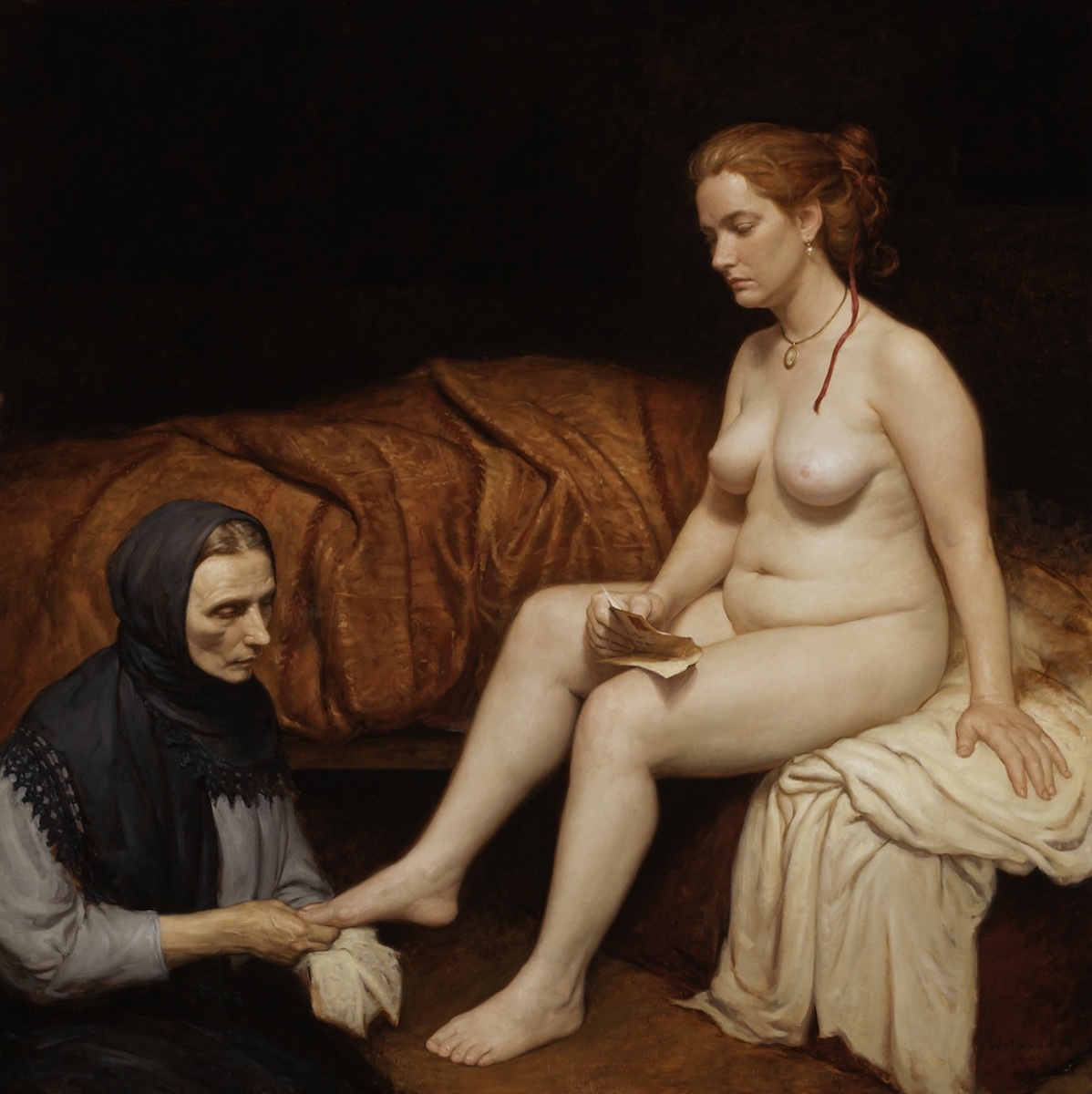
The artist’s own use of color projects her works into the contemporary. “Today’s world is full of colors that when added to the palette make the work intuitively contemporary,” said the artist, who paradoxically departs from classical training by deliberately – and based on her temperament – using a full palette of colors, sometimes even complementary ones. This is a characteristic that clearly distinguishes her classically based works from those of the old masters who tended to have a more limited chroma.
The objects depicted are also charged with those thematic meanings that are particularly close to the artist’s heart, among them: themes relating to the environment and the representation of women. In fact, the subjects of her compositions are generally female figures surrounded by one or more of the elements of the cosmos: earth, fire, air, and water, which Watwood inserts into the backgrounds of the compositions in the form of color in the infinite variations of blue and gray.
If drawing is the starting point of her entire artistic journey and is able to help her discover and connect with her inner creative voice, in more comprehensive terms of expression Watwood represents the pictorial space and place of world-building through brushes on canvas.
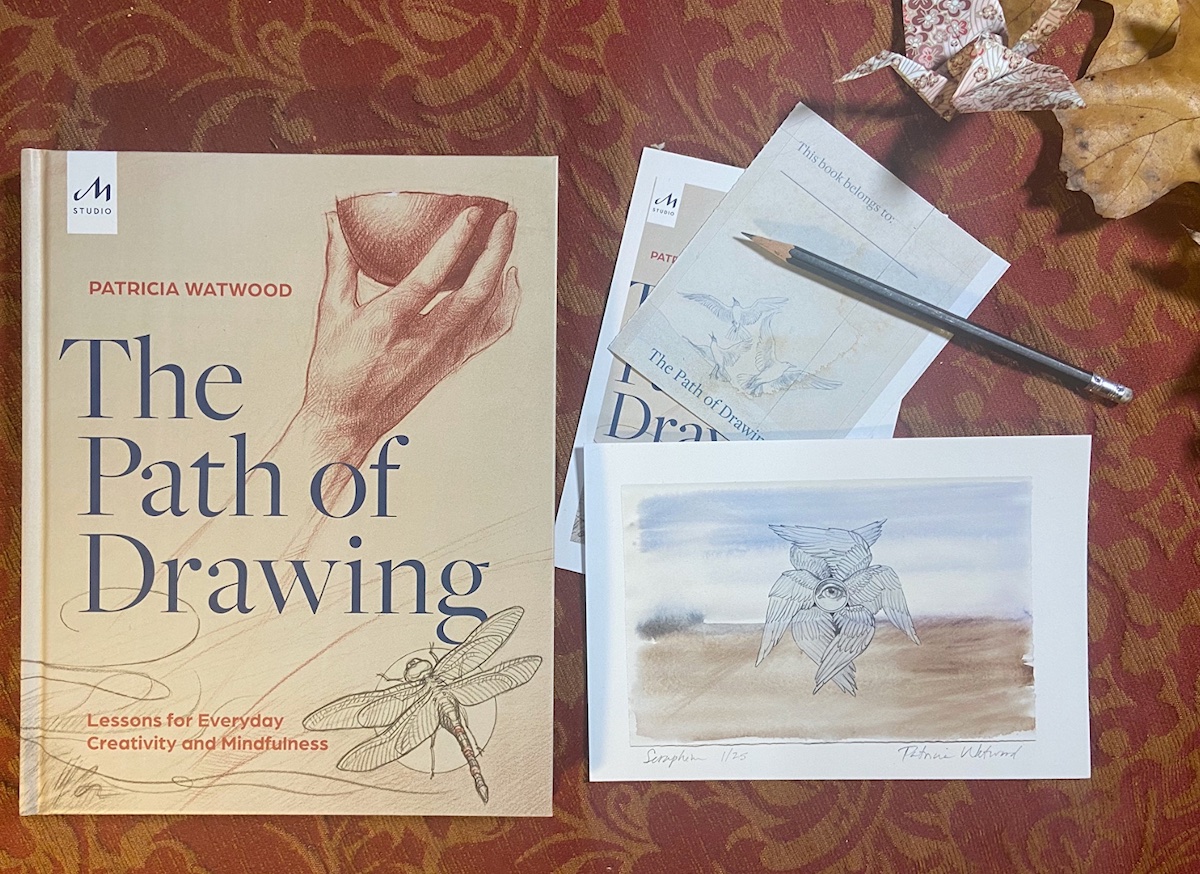
In a demonstration session for Realism Live this year, Watwood will illustrate, from the concepts expressed in her book, The Path of Drawing, tips, suggestions, and perspectives that can lead to a broader and deeper understanding of the infinite possibilities offered by drawing, including in terms of mindfulness, through her practice based on simple exercises that elevate drawing skills that go beyond the simple stroke.
“Realism Live is a great event because it provides an opportunity to talk about these issues with people who speak the same language and have the same interests,” Watwood said.
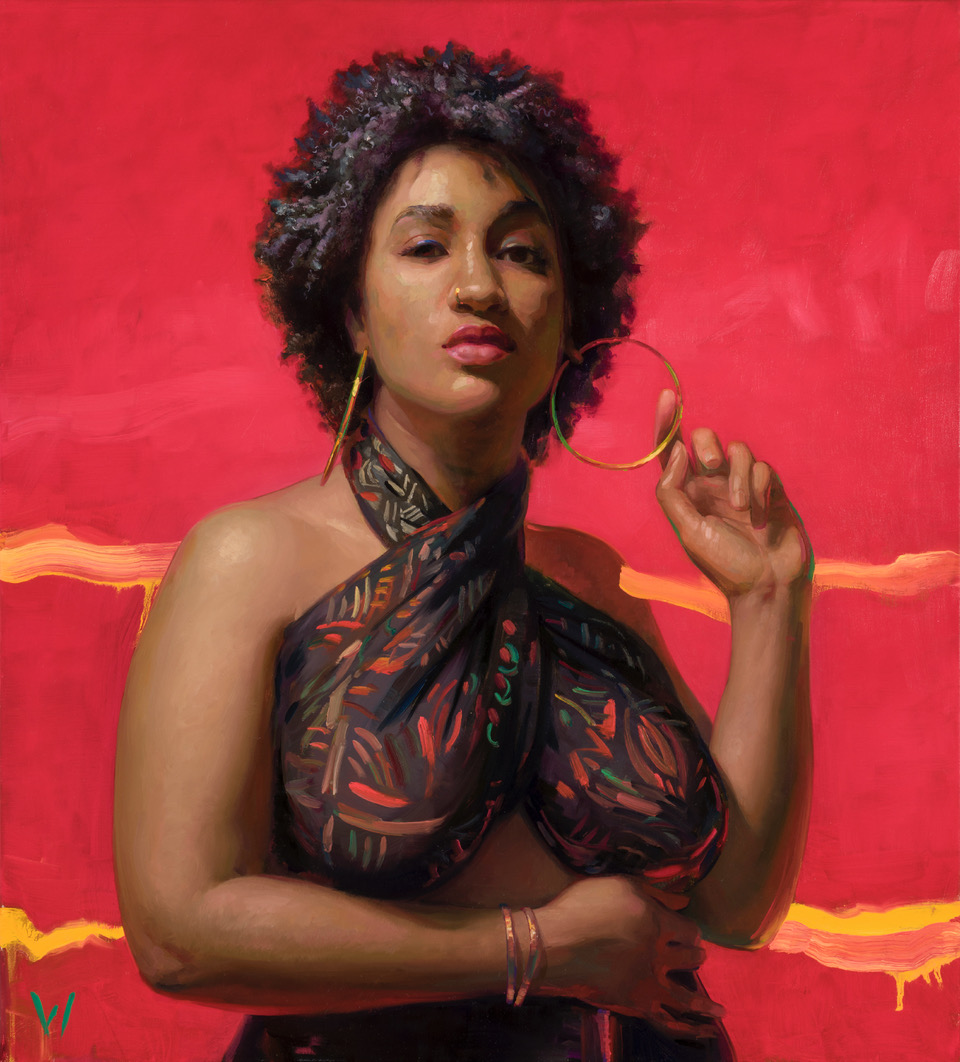
Join us for the 4th annual Realism Live, November 9-11, 2023, with an Essential Techniques day on November 8: RealismLive.com
And, be sure to check out the art video workshop “Creating Portraits from Life” with Patricia Watwood:


